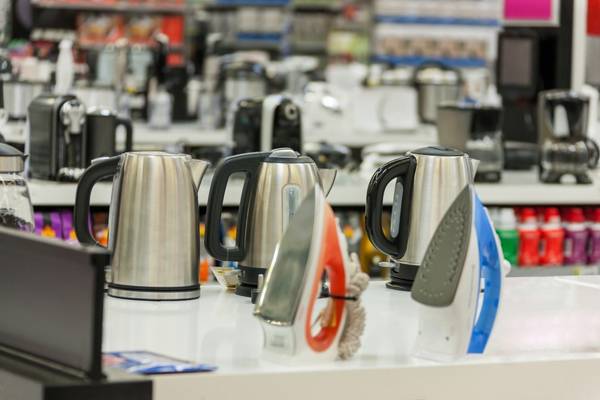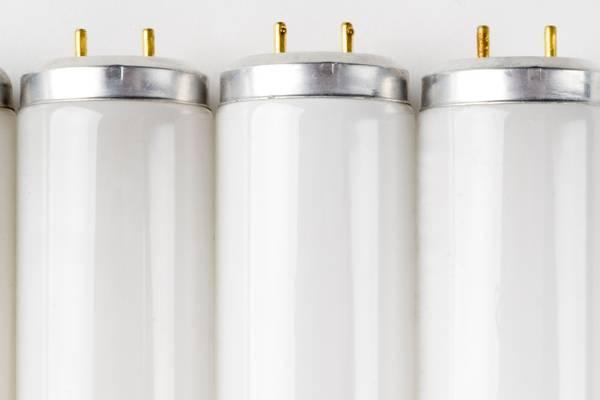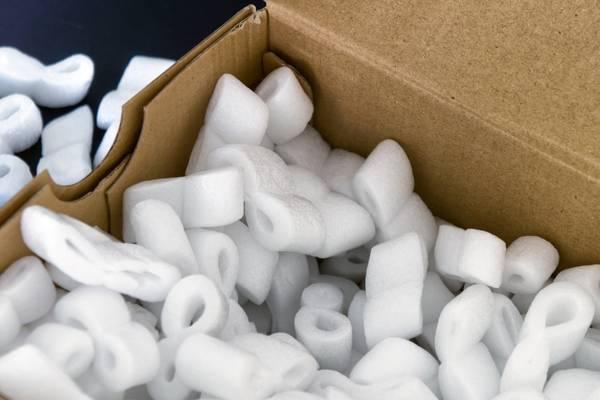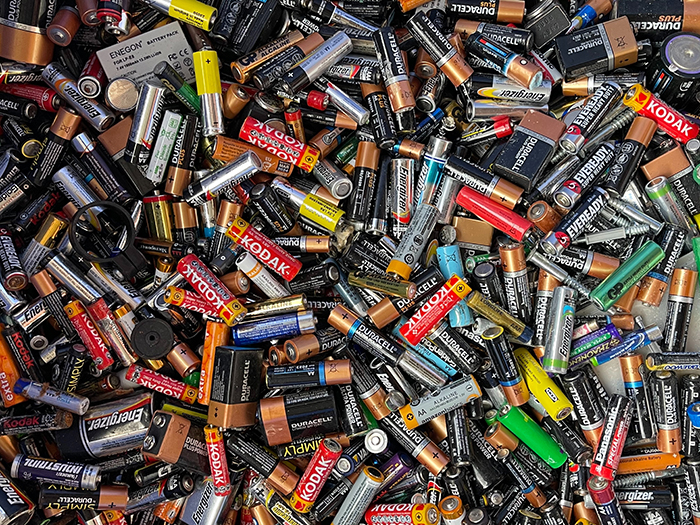EPR Sectors
Electrical and Electronic Equipment (EEE)
Electrical and Electronic Equipment is within the scope of this area.
The regulations define EEE as equipment which is dependent on electric currents or electromagnetic fields in order to work properly and equipment for the generation, transfer and measurement of such currents and fields designed for use with a voltage rating not exceeding 1 000 volts for alternating current and 1 500 volts for direct current.

The legislation covers the following categories of EEE equipment:
- Large equipment (any external dimension more than 100cm)
- Medium equipment (any external dimension between 50 and 100cm)
- Small equipment (no external dimension more than 50 cm)
- Batteries (Lithium-ion)

Lighting
Lighting Equipment is defined in the Regulations as electrical or electronic equipment used for producing artificial light or illumination. It also includes any peripherals of the lighting bodies such as luminaires, switch components, ballasts, fixtures and modules.
Extended Producer Responsibility applies to the following identified products or class of products:
- Lighting products: Different types of lighting equipment including but not limited to:
- Gas Discharge Lighting;
- Low-Pressure Discharge Lighting: fluorescent (compact, linear and non-linear and nonfluorescent (low-pressure sodium, low-pressure mercury vapour);
- High-Intensity Discharge Lighting: high-pressure sodium, low pressure sodium, metal halide, high-pressure mercury vapour, xenon;
- Lighting for special purposes;
- All Light emitting diode (LED) lighting sources and types;
- Signal/signage lighting as well as associated equipment;
- Luminaires and lighting equipment fixtures or modules or associated electrical components;
- Laser, Pixel and ultraviolet irradiation (UVI) or ultraviolet germicidal irradiation (UVGI) lighting;
- Automotive lighting and luminaires;
- Incandescent (filament) light bulbs and Halogen; and (viii) Off-grid solar powered lighting.
Paper and Packaging
In the EPR Regulations “Paper” is defined as any substance made from wood pulp, rags, straw, or other fibrous material used for writing, printing, or as a wrapping material.
“Packaging” is defined as any material, container or wrapping or corrugated cases, used for the containment, transport, handling, protection, promotion, marketing or sale of any product or substance, which may be primary packaging, containing the actual product or secondary packaging or tertiary packaging, typically containing products already packaged in primary packaging

The Notice applies to waste which arises from the use by a consumer or an end-user of:
- Paper and paper packaging material;
- Plastic packaging;
- Biodegradable and compostable plastic packaging;
- Single-use plastic products;
- Single-use compostable plastic products;
- Single-use biodegradable plastic products;
- Glass packaging; and
- Metal packaging containers.
The Regulations exclude:
- Shipping containers used solely for the transportation of any consumer commodity in bulk to manufacturers, packers, or processors, or to wholesale or retail distributors thereof;
- Packaging made of timber and textile; and
- Plastic pallets and industrial bulk containers with a capacity exceeding 1000 litres.
Portable Batteries
On 23 March 2023, the Extended Producer Responsibility Regulations, 2020 (EPR Regulations) expanded with three more sectors. The additional sectors include portable batteries, pesticides, and lubricant oil.
The Portable Battery Sector’s EPR regulation applies specifically to sealed, easily portable batteries that are not automotive or industrial batteries. Classes of batteries included are alkaline/zinc carbon batteries, primary lithium batteries (single use), nickel metal hydride batteries, silver oxide batteries, and zinc air/air depolarised batteries. The regulation also covers waste generated from these battery classes.

Lubricant Oils
In the EPR regulation, “lubricant oil” refers to virgin and re-refined mineral- and synthetic-based lubricants, with or without additives, used for lubrication in heat transfer, load transfer, insulation, or other applications. These lubricants can be recovered after use.
Producers of the identified products or classes of identified oil products are required to establish procedures and processes and allocate resources to implement extended producer responsibility measures. These measures pertain to:

- The collection, transportation, and storage of their products once they have reached the post-consumer stage,
- Reuse, and
- Recycling or recovery.